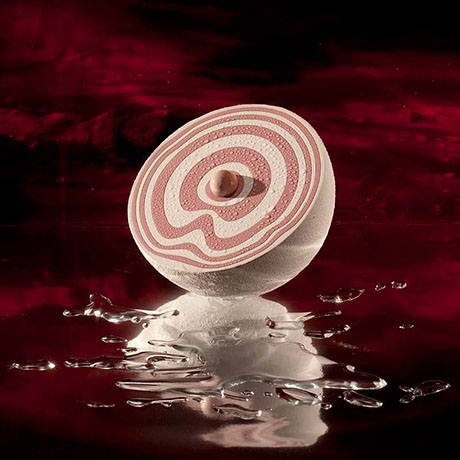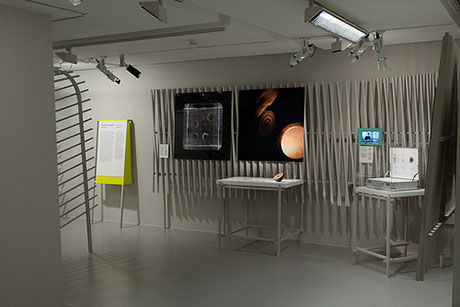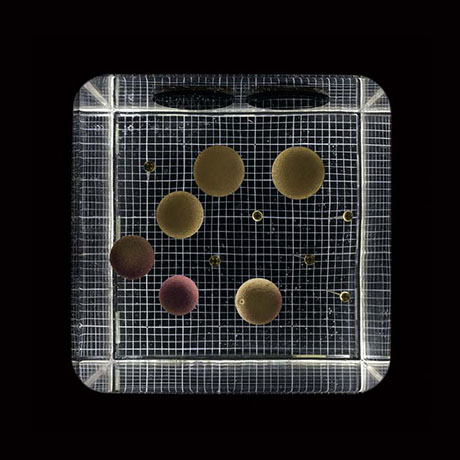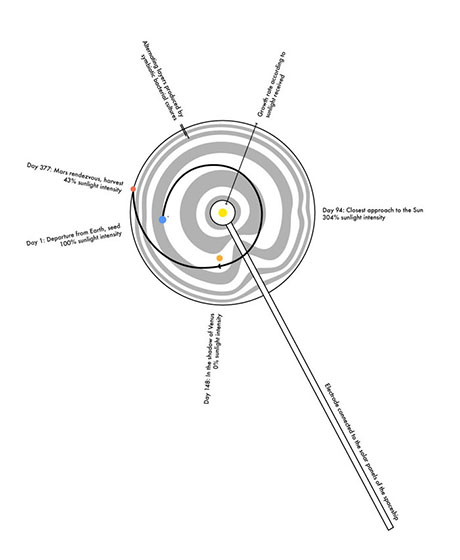
IMAGE: Seasons of the Void, by Alexandra Daisy Ginsberg, Sascha Pohflepp, and Andrew Stellitano.
For scientists trying to send human beings to Mars, the question of food looms large. NASA’s Advanced Food Technology Project team at Johnson Space Centre in Houston is charged with trying to design meals that will provide adequate nutrients, prevent boredom, and still be edible after up to five years.
A recent Associated Press article on their work summarised some of the challenges:
The menu must sustain a group of six to eight astronauts, keep them healthy and happy, and also offer a broad array of food. That’s no simple feat considering it will likely take six months to get to the Red Planet, astronauts will have to stay there 18 months and then it will take another six months to return to Earth. Imagine having to shop for a family’s three-year supply of groceries all at once and having enough meals planned in advance for that length of time.
Add to that the problem of payload costs (current estimates put the cost of shipping to Mars at $100,000 per kilo), and it’s not surprising that NASA researchers have embraced synthetic biology as a potential answer to the food problem.
The idea is that the astronauts will take fewer pre-packaged supplies, and instead meet their nutritional needs by “farming” novel organisms, such as a synthetic cyanobacteria engineered to survive the high radiation levels and low temperature of space, in order to harvest their own fresh spirulina.

IMAGE: Seasons of the Void installed at Espace Fondation EDF, Paris. Photograph by Sascha Pohflepp.
Artists Alexandra Daisy Ginsberg, Sascha Pohflepp, and Andrew Stellitano are equally excited about the potential of synthetic biology to feed future astronauts (and humans), but note the likely morale implications of juicing for three years straight.
Instead, in a new installation currently on display at Espace Fondation EDF in Paris, they imagine “delicious fruits that are grown from redesigned yeast, gorging on electricity instead of sunlight.”

IMAGE: Electrosynthetic growing tank with fruits at different stages of growth.
The fruit-producing yeasts would be cultured in a solar battery-powered growing tank, replacing photosynthesis with electrosynthesis. The result is a new agricultural calendar, in which growth is detached from Earth’s seasons and instead subject to variations in light intensity created by the spaceship’s slingshot trajectory as well as solar flares.
The project’s real charm lies in the way it makes visible that new seasonality of the void, culturing alternate layers of symbiotic bacteria to provide a cross-sectional grain that reflects the spaceship-planet’s varying light-levels over the course of the journey.

IMAGE: Farming seasons over the voyage.
While spirulina undoubtedly offers a highly pragmatic nutritional solution to the dietary challenges of space travel, Ginsberg, Pohflepp, and Stellitano’s proposal offers a much more compelling vision: a menu of new textural and flavour sensations that truly embody their novel terroir.
Discovered via @160B.
